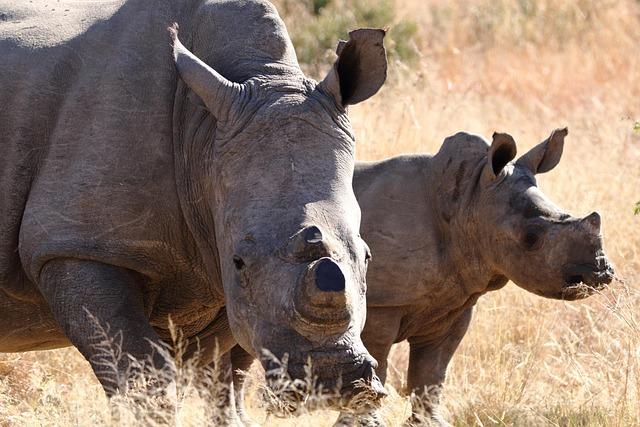- Introduction
- Polar Species in Crisis
- Marine Life Under Threat
- Tropical Forest Species Vanishing
- Insects and Pollinators Declining
- Conclusion
- FAQs
- References
Introduction
Species around the world are increasingly threatened not just by habitat loss and overexploitation but also by a growing dual crisis: climate change and biodiversity loss. These twin threats are interlinked and pose significant risk to wildlife globally.
This article explores four major groups of species at high risk: polar species struggling to survive melting ice, marine life facing acidified and warming oceans, rainforest animals losing their habitats, and tiny but crucial pollinators declining in alarming numbers. Each group highlights how sensitive ecological balances are being disrupted by human-driven change.
From icons like the polar bear to lesser-known amphibians in tropical forests, these cases show that much is at stake in protecting Earth's rich tapestry of life. Below, we’ll take an in-depth look at each category, unpack the unique challenges they face, and what that means for ecosystems and humanity alike.
Polar Species in Crisis
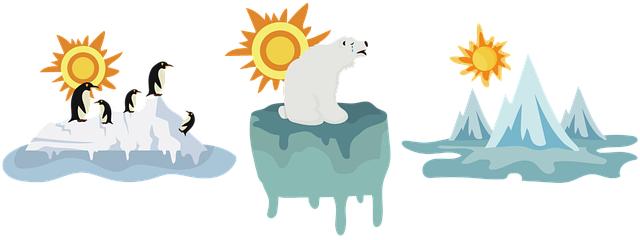
(Image: Pixabay/@RoadLight)
Rising global temperatures have triggered massive changes in polar ecosystems. Arctic sea ice continues to shrink at record rates, cutting off hunting and breeding grounds critical to several species.
The most notable victim is the polar bear (Ursus maritimus). These iconic predators rely on sea ice to hunt seals. With the ice receding earlier each spring and forming later each fall, polar bears must go longer without food. Starvation and declining reproduction are already impacting populations, particularly in areas such as Hudson Bay.
Other species such as the walrus and several kinds of seals also suffer. Without stable platforms, walruses are forced onto shorelines, where overcrowding leads to stampedes and fatalities. Antarctic species like the emperor penguin face similar challenges due to the instability of sea ice needed for chick-rearing.
Marine Life Under Threat
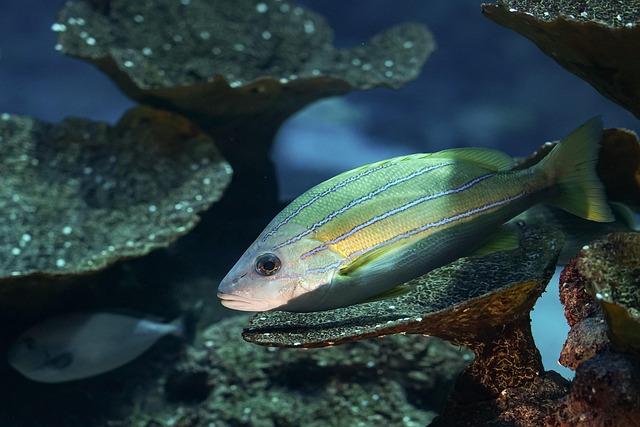
(Image: Pixabay/@makabera)
The oceans are absorbing vast amounts of excess heat and carbon dioxide, significantly altering marine ecosystems. This has had devastating effects from coral reefs to open ocean species.
Coral reefs, often referred to as “underwater rainforests,” are among the most affected. Coral bleaching, induced by warmer sea temperatures, has decimated reefs around the world, including Australia’s Great Barrier Reef. As corals die, so too do the countless species that rely on them for food, shelter, and breeding grounds.
Ocean acidification, caused by rising CO₂ levels, weakens the shells of marine creatures like mollusks and plankton. These small organisms lie at the base of the oceanic food web, meaning their decline can have widespread effects on larger animals such as fish, whales, and seabirds. Iconic species like the hawksbill turtle and several types of tropical fish are now facing increased vulnerability.
Tropical Forest Species Vanishing
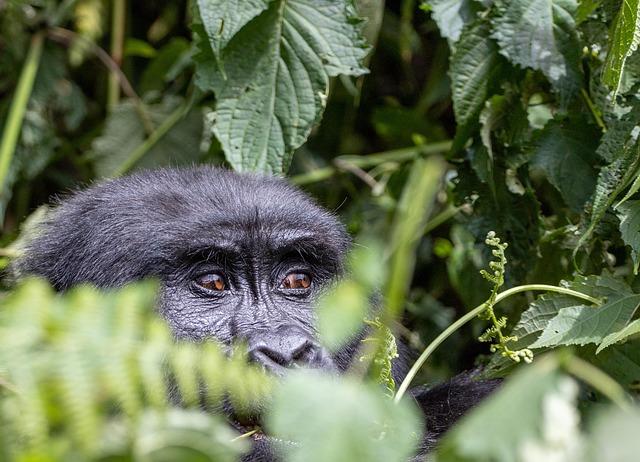
(Image: Pixabay/@NRay91)
Tropical rainforests harbor more than half the world’s biodiversity but are rapidly shrinking due to deforestation driven by logging, agriculture, and mining. Climate change worsens this by shifting weather patterns, making it harder for native species to thrive.
The orangutan, found only in Borneo and Sumatra, is among the best-known casualties. Forest clearing decimates its habitat and isolates populations, which are then more vulnerable to poaching and disease. Similarly, the jaguar in South America is seeing its range contract drastically, leading to increasing conflict with humans.
Lesser-known but equally important are amphibians like the golden toad, which has already gone extinct due to a mix of habitat loss and disease exacerbated by changing climates. Reptiles, birds, and thousands of insect species are also under threat—their decline could lead to ecosystem collapse where entire forests lose critical functions.
Insects and Pollinators Declining
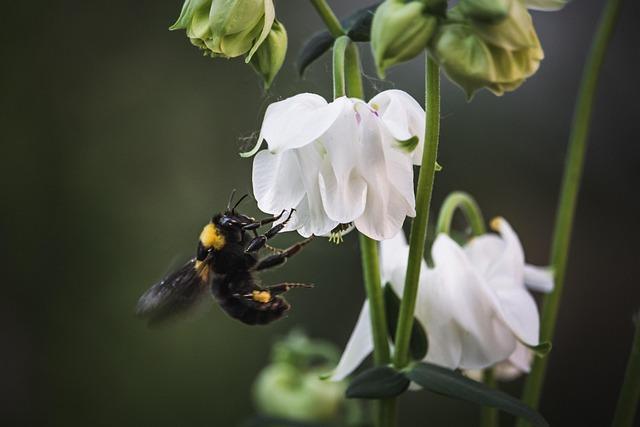
(Image: Pixabay/@MolnarSzabolcsErdely)
Though they may seem small, insects play outsized roles in healthy ecosystems. From pollination to decomposition, their presence is crucial. Yet recent reports show steep declines in insect populations across the globe.
The most alarming losses are among pollinators like bees and butterflies. These insects are essential for the reproduction of many plant species, including key agricultural crops. Their decline has been tied to pesticide use, disease, invasive species, and increasingly, climate change-induced shifts in blooming cycles and drought.
Beyond pollinators, broader insect die-offs impact bird and small mammal populations that depend on them for food. The potential for cascading effects is immense. For example, fewer dung beetles could mean less soil enrichment, ultimately impacting plant health and food availability across species.
Conclusion
From the icy Arctic to tropical jungles, species across the globe face unprecedented threats fueled by climate change and biodiversity loss. Polar animals like the polar bear, coral-dwelling fish, rainforest creatures, and insects all tell a similar story: their survival hinges on urgent action to curb emissions, restore habitats, and halt environmental degradation.
Preserving biodiversity isn’t just about saving wildlife—it's about protecting the natural systems that support human life. Ensuring a future for these species will require international cooperation, sustainable resource management, and greater public awareness of the interconnectedness of nature.
FAQs
Why are polar bears especially vulnerable to climate change?
Polar bears rely on sea ice to hunt seals, their primary food source. Melting sea ice caused by rising temperatures reduces their hunting grounds and forces them to travel longer distances without food.
How does climate change affect marine life?
Climate change increases ocean temperatures and acidity levels. This damages coral reefs, weakens shell-forming organisms, and disrupts migration and breeding patterns of marine species.
Are bees really at risk of extinction?
Yes, several bee species are in decline due to pesticides, habitat loss, diseases, and changing climate patterns—posing risks to food production through reduced pollination.
What can individuals do to help protect endangered species?
Support sustainable and eco-friendly products, reduce carbon footprints, volunteer for conservation efforts, and advocate for strong environmental policies at local and national levels.
Is the situation reversible?
While some damage is irreversible, many conservation measures—like habitat restoration and emission reduction—can help stabilize and even recover at-risk species if implemented quickly and broadly.

